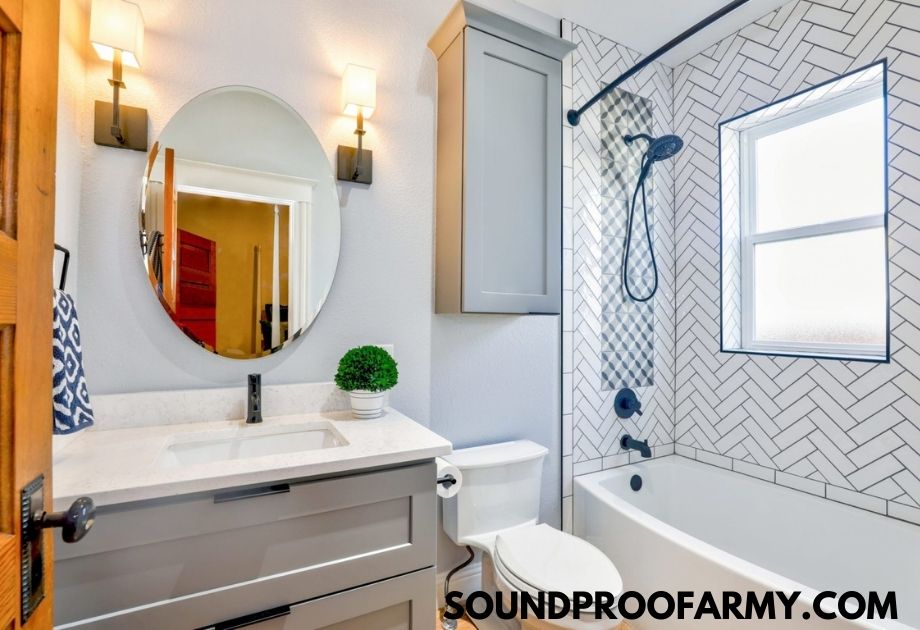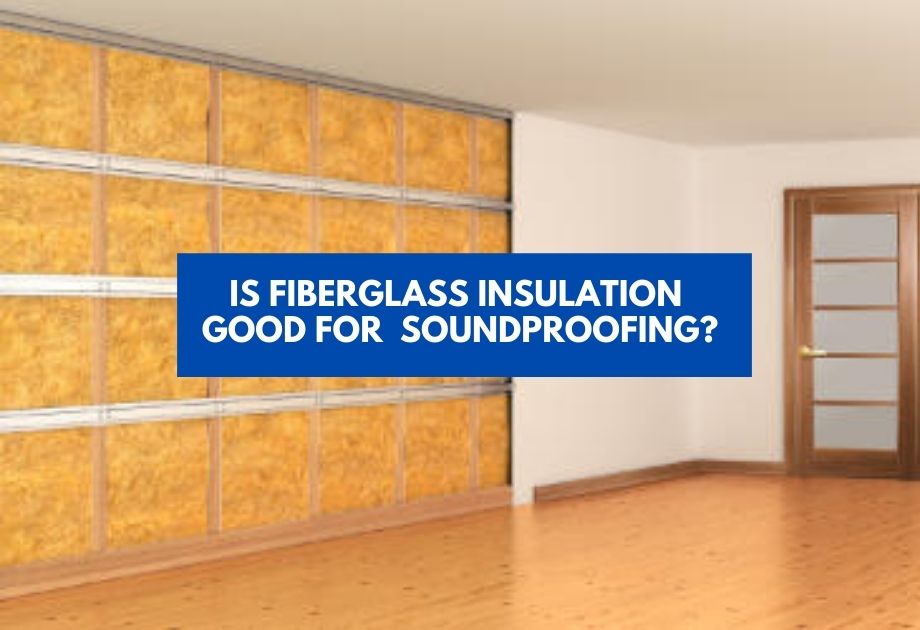The type and age of your building materials can also influence how much noise you hear from upstairs floors. Although it’s a common problem for many people who live in multi-story homes. But how to reduce noise from upstairs floors?
- Using acoustic foam
- Using Drywall
- Using Green Glue
- Installing acoustic tiles
- Install Resilient Channels
- Consider moving out
In this how-to guide, we’ll go over 10 effective methods for reducing the level of noise coming from upstairs floors so that you can enjoy watching TV or reading without being disturbed by commotion overhead.
Table of Contents
Methods to reduce noise from upstairs floors
When you live upstairs in an apartment or condo, it can be difficult to avoid noise from the building’s common spaces like hallways and staircases.
But how do you reduce noise coming up through your floor? Here are a few ideas:
Locate the source of the noise and talk to the neighbors
The first thing that everyone should do is talk to their neighbors and politely ask them if they could make less noise or stop making noises entirely.
If talking doesn’t work, then visit their apartment after hours with a friend/neighbor.
Talk calmly about how you’re trying to enjoy your good time at the apartment/home and how the noise is affecting you.
Tell them about what they’re doing that might be noisy at different times of day like vacuuming late in the evenings for example.
Ask them to come up with solutions together so all parties are happy including not making any changes until everyone agrees (a few weeks is plenty).
Some of the neighbors are very understanding so they almost agree with you.
If these steps do not work, then you have to simply involve the local authorities in these kinds of situations.
Using acoustic foam:
Acoustic foam is made out of thick polyurethane foam and is perfect for soundproofing. It can also be used as insulation.
Acoustic foam could be used for soundproofing carpets, ceilings and walls.
It is best to install acoustic foam using a sealant or adhesive spray that will make it more difficult for the acoustic foam to come loose from its installation location.
Acoustic foam could also be glued down using screws or staples so that it can withstand heavy weights on top of the material without coming up at all.
Acoustic Foam comes in many different colors and thicknesses which makes it easy to find something that suits your needs!
The thickness of acoustic foam ranges anywhere from ½” (thick) to ¾” thick (extra-heavy).
It is important to consider where you are installing your acoustic foam because some areas might need thicker materials than others depending on how much noise you want to reduce.
Using Drywall
Drywall is a great option for soundproofing and reducing noise from upstairs floors.
Drywalling a room. It is highly effective at reducing the impact of noise, and it’s easy to install.
The most important thing with drywall in relation to your upstairs floors is that you use thicker sheets with more insulation properties (R-value).
This will allow sound waves from downstairs to be isolated by building up an airtight seal around them as they travel upwards towards the ceiling via vibrations on drywalls studded surface below.
Note: Standard two-single layer panels are not enough for this purpose! You need three layers of sheetrock or one thick sheet if possible before installing any kind of plaster coatings such as stucco or drywall joint
It can be purchased in different thicknesses, but if you’re looking to reflect as much noise and vibration downstairs as possible, drywall at least ⅜ inch thick should do the trick.
The thicker drywalls are made with dense material that will absorb more of the vibrations than thinner drywall, so it’s worth investing in good quality materials!
You’ll need some adhesive or silicone caulk – an electric drill (if cutting drywall) and screws (or nails).
Using Green Glue
Green glue can also be used as a DIY soundproof material.
You don’t have to call in expensive professionals for this job, because this product is easy to use for everyone.
Cover any openings with pieces of fabric or paper before applying green glue around the edges and you are done!
Any leftover bits can be trimmed off after drying overnight–no need for sandpaper-like other types of adhesives require.
Installing acoustic tiles
Acoustic tiles are soundproofing materials that you can install in your ceiling without any expensive renovations or construction work.
They’re great for covering up acoustic panels, absorbing sound waves when creating music studio environments, as well as providing acoustic insulation against heat and cold airflow.
They also provide acoustic privacy by keeping out unwanted sounds like conversations outside the room you’re in.
Acoustic tiles are also very easy to install. They come as acoustic panels which are rectangular and measure 12 inches x 24 inches, or acoustic squares that are 16 square feet each.
If you have better yet older acoustic tiles then they may be nailed on with nails but most new acoustic tiles will self-stick right onto your ceiling without any tools whatsoever!
Install Resilient Channels
Resilient channels create pockets of air that make the noise less loud and calmer.
The resilient channel material is installed in between walls and ceilings on one side of a room with another piece being installed on the opposite side.
This can also be done for carpeted floors by installing resilient channel underlayments beneath each row of flooring or pad.
This will help soundproof the floor between floors inside your house while also adding insulation, reducing thermal conductivity, and sealing off drafts.
Consider moving out
If you have tried all the tricks and cannot get rid of the noise from upstairs, think about moving to a different apartment.
When looking for an apartment, you must ask about the policy on noise. Some apartments have a strict policy on noise.
Some good questions to ask include:
– Are there different policies for weekends?
– How does this building handle complaints about noisy neighbors?
Above are some questions you can ask your landlord or an agent when looking for an apartment.
There is no need to suffer through noisy living conditions when there are many places that could be better suited for you.
Final Words
In this article, we have covered different ways to reduce noise from upstairs floors. These all DIY methods can save tons of money instead of spending hundreds of dollars on expensive tools.
Hope this article will help to get rid of noise from upstairs floors.
Frequently Asked Questions
How do I reduce noise coming up through my floor?
There are a few different options for reducing the sound that comes into your apartment from the floors above you.
Carpeting; acoustic tiles or other types of sound barriers in between rooms; insulating curtains/blinds on windows outside for sources of light/sound.
I have no control over what’s happening upstairs – can I break their ceiling?
Unfortunately not. It is illegal to intentionally damage someone else’s property without permission (and then there would be further legal implications). The only exception may be when one has been given

![How To Reduce Noise from Upstairs Floors [8-Ways]](https://soundproofarmy.com/wp-content/uploads/2021/06/8-Ways-to-Reduce-Noise-from-Upstairs-Floor.jpg)




![How To Soundproof A Basement Ceiling Cheaply [9 Ways]](https://soundproofarmy.com/wp-content/uploads/2021/06/cheapest-ways-to-soundproof-basement-ceiling-Simple-DIY-Hacks.jpg)

![How to Soundproof a Door with Household Items [14 Effective Ways]](https://soundproofarmy.com/wp-content/uploads/2021/07/How-to-Soundproof-a-Door-with-Household-Items.jpg)







